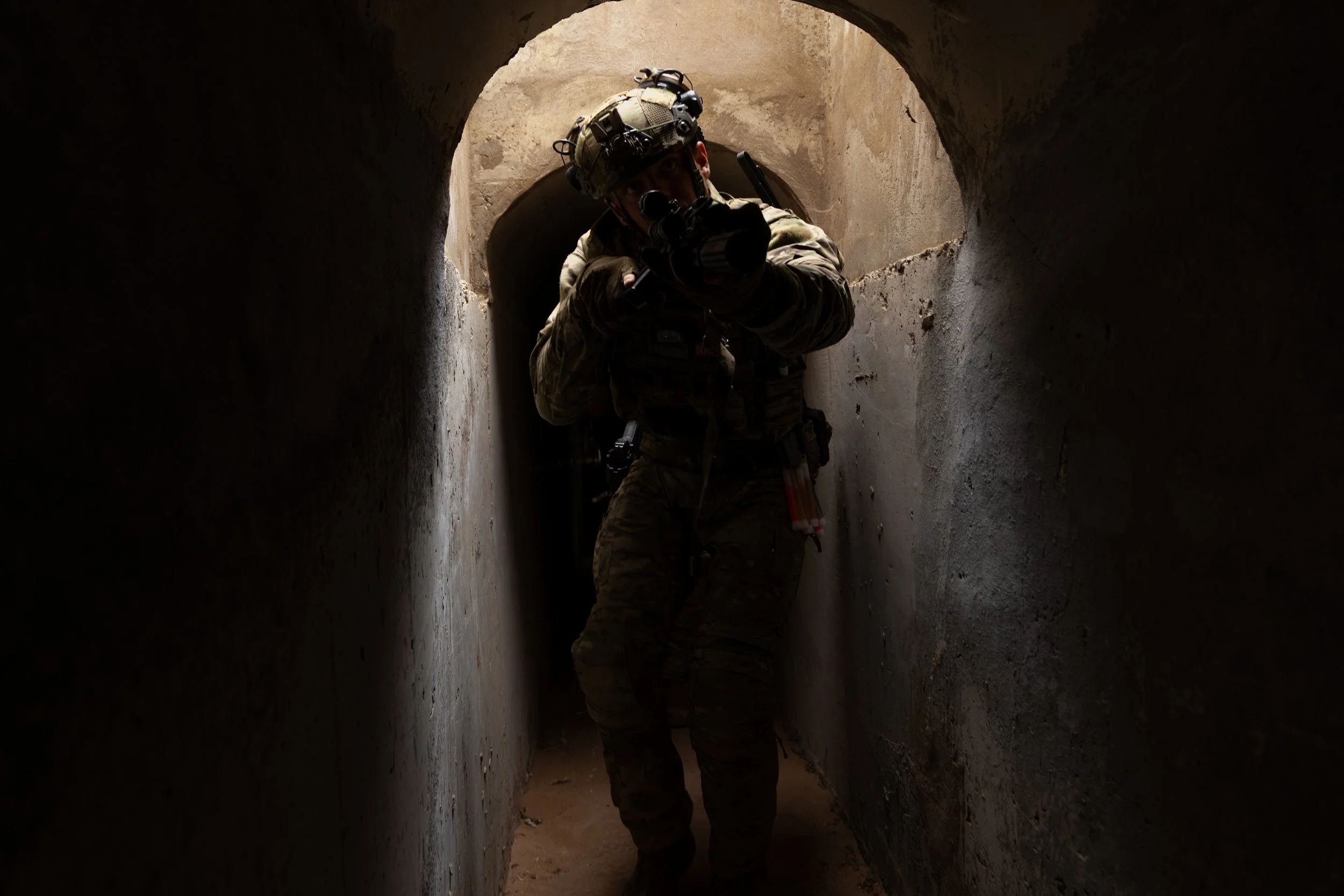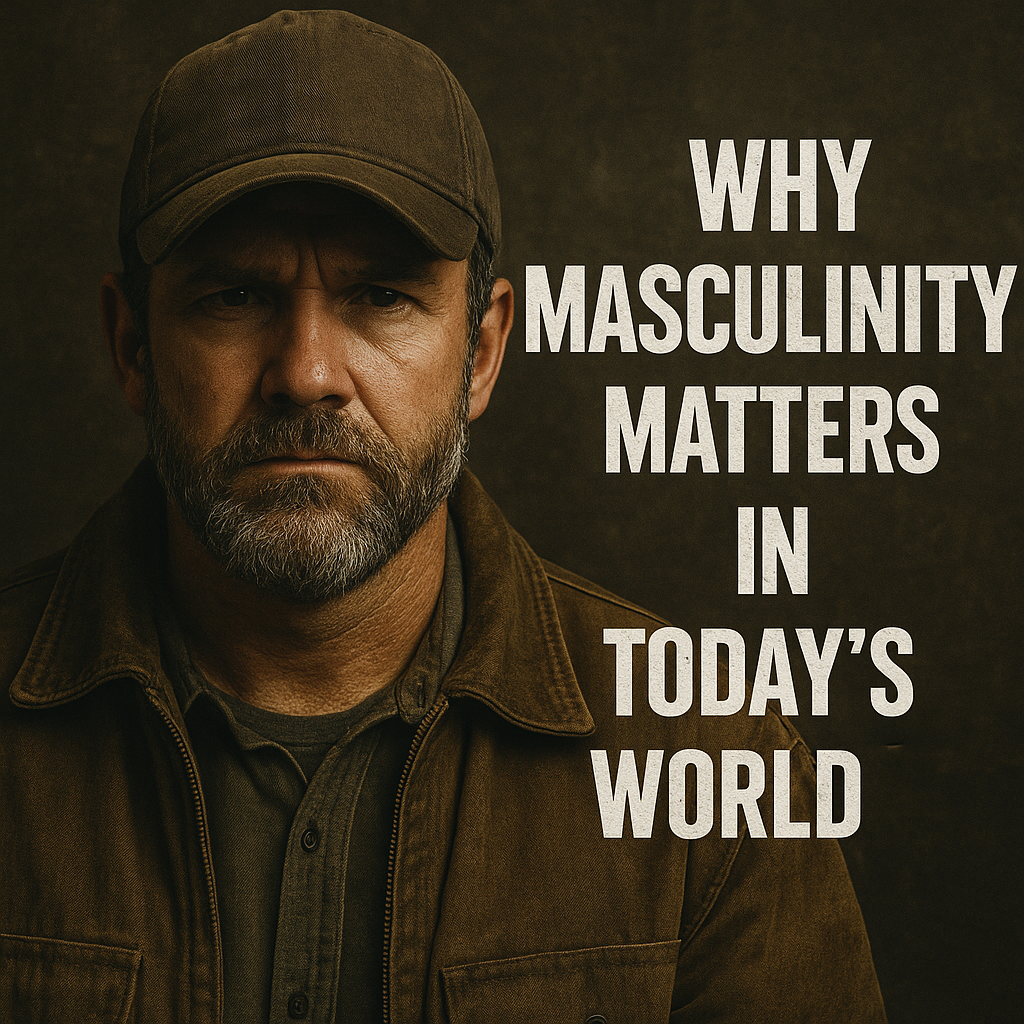



Resilience: The Shield Every Worker Needs
Resilience is the shield that keeps you moving when life hits hard. Without it, the job will eat you alive. With it, you can take the hits and keep standing tall.

Discipline: The Trait That Separates Men From Boys
Discipline is the difference. It’s showing up when you’re tired, doing it right when nobody’s watching, and outlasting the guys who only rely on talent.

From Homeless to Master Plumber: The Chris Moore Story
Chris Moore grew up homeless, battled abuse, got fired for chasing his dream, and fought through years of fertility struggles. He still rose to become a master plumber, a business owner, and a father. This Ironcast tells the story of a man who refuses to stay down.

Preparedness is Brotherhood, Not Paranoia
Real preparedness isn’t hoarding supplies, it’s building brotherhood. It’s knowing your crew has your back and you’ve got theirs when the storm hits.

Why Preparedness Isn’t Just for Prepper's, It’s for Every American Worker
Preparedness isn’t about paranoia, it’s about responsibility. On the job or at home, being ready for the unexpected is just another tool every American worker should carry.

Leadership Isn’t a Title, It’s a Burden
Being a leader isn’t a privilege, it’s a responsibility. The weight comes from knowing your people depend on you to set the example, make the call, and carry the load when it gets heavy.

What Military Leadership Can Teach the American Workforce
Military leadership isn’t about rank—it’s about responsibility. The same grit that holds a squad together in combat can transform America’s workforce when leaders step up and lead from the front.

The Blue Collar Mental Health Crisis Nobody Talks About
Behind the grit and toughness, too many blue collar men are fighting silent battles. Long hours, heavy stress, and the weight of responsibility can break even the strongest if we don’t start talking about it.



How Blue Collar Workers Can Build Mental Resilience in Tough Times
Resilience isn’t about avoiding hardship, it’s about standing strong in the middle of it. Blue collar men carry the weight of this country, and mental toughness is the shield that keeps them moving forward when times get tough.

How to Do a Quick Body Scan (2–5 Minutes)
Sometimes the fastest way to calm your mind is to check in with your body. A 2–5 minute body scan is a simple way to reset, regain focus, and keep moving strong—even in the middle of chaos.

5 Tips for Improving Sleep
Rest is as important as work. For blue collar men, quality sleep isn’t a luxury, it’s fuel for the next day’s grind. Improving your sleep is the simplest way to recharge your mind, body, and resilience.

5-4-3-2-1 Grounding Technique
When life spins out of control, sometimes the fastest way back to calm is to ground yourself in the present. The 5-4-3-2-1 Grounding Technique is a simple tool you can use anywhere—on the jobsite, at home, or in the middle of chaos—to slow your mind, steady your breathing, and take back control.


Forged in Fire: How IronhideUSA Makes You a Better Man and Stronger Leader
Modern culture wants to soften you, shame your instincts, and dull your edge. IronhideUSA is the resistance. Built for men who carry weight, fight silent battles, and refuse to break, this is where grit is forged and real leaders are made. You don’t need fixing—you need fire.

Why Brotherhood Matters—And What IRONHIDE Teaches Us About It
The Power of Brotherhood: Why Men Need Strong Bonds for Strength and Resilience
Discover why true strength isn’t found in isolation. Explore the importance of brotherhood for men, as revealed in IRONHIDE: War for Men, and how strong male connections build resilience, purpose, and accountability.
